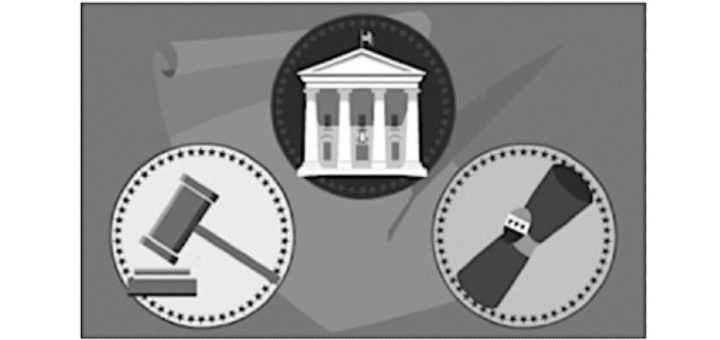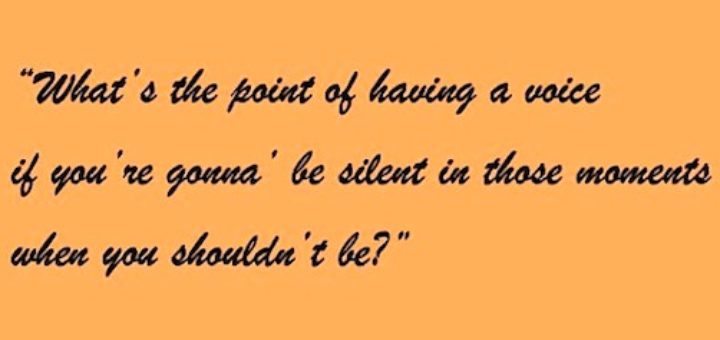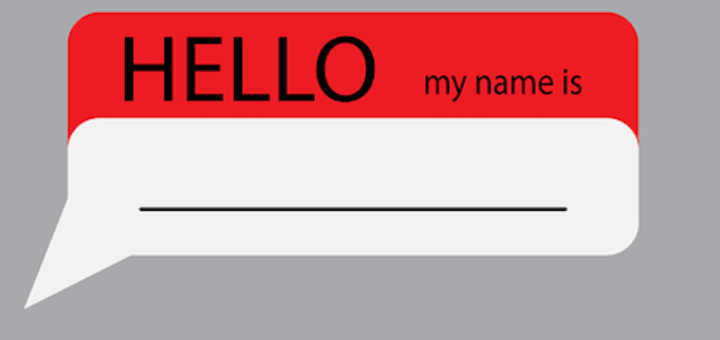Tagged: Future of History
The pandemic has compelled Lauren Brown to draw on her answers to the core questions of teaching. The best she can offer her history students is clarity – to teach what she believes matters and why. “Because if it matters, my students will care. And if they care, they will learn.”
Now that her interaction with students is limited to a two-dimensional screen, Sarah Cooper is experiencing what many middle school teachers must feel each day of virtual learning – she misses the physicality of her kids’ messy, evolving, nonlinear growing-up process.
Recently Sarah Cooper did two lessons with her eighth grade history and civics students that afterward made her stand back and ask: Why did that work out so well? Here she analyzes the women’s suffrage lessons to uncover the key elements of success for future reflection.
Writing a letter to a politician is about as “civic” an assignment as we can do within our classroom walls, and it feels so relevant in our polarized political climate. After 3 years of tweaking her project, teacher Sarah Cooper shares tips to boost the response rate.
Sarah Cooper is always searching for ways to strengthen her eighth grade unit on the Constitution. This year she deepened her exploration of iCivics and found visually appealing readings and games her students enjoyed. She added sparkle with video and other fun activities.
Grading never goes away. But what if we approach it as a form of personal PD? Teacher Lauren Brown traces how a history assignment evolved over four years as she paid close attention to what stymied her 8th graders and adapted her instruction to support their learning.
At its best, annotation starts a dialogue between our English and History students and thoughtful writers past and present. But that doesn’t mean adolescents are eager to do it. Sarah Cooper shares ideas and online resources to make the process a true learning experience.
Assigning The Hate U Give as a summer read for history and English eighth graders seemed like a slam dunk to Sarah Cooper and her colleague. Looking back, she weighs the experience to better understand how she can prepare to teach, and then lean into, difficult topics.
Limiting feedback to final drafts means lots of teacher work and little student learning. What if, Sarah Cooper wondered, she could give students enough scaffolding – using an outline organizer and peer response – that their rough drafts included everything she wanted?
American Indian or Native American? Latina or Latino or Latinx? African American or Black? History teacher Lauren Brown shares activities and resources she uses to help students understand the background and history of such naming choices and why it’s important to teach.


























